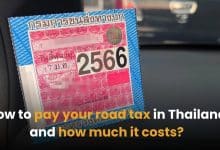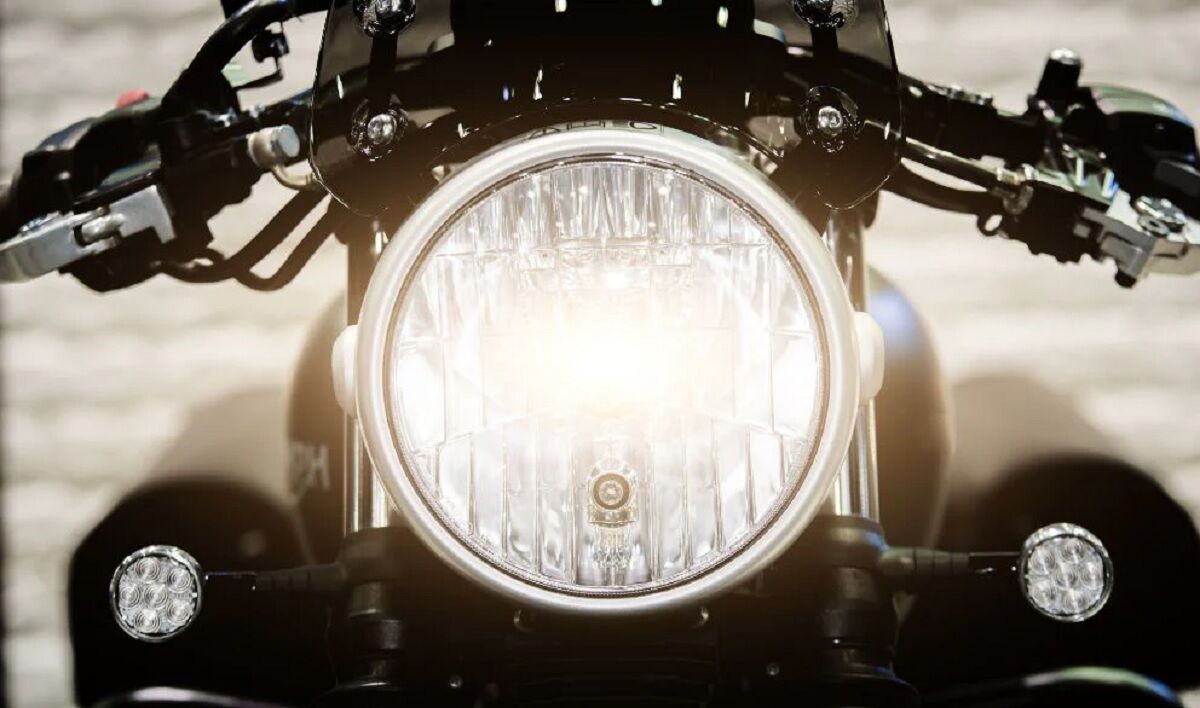Rules for driving motorcycles in Thailand
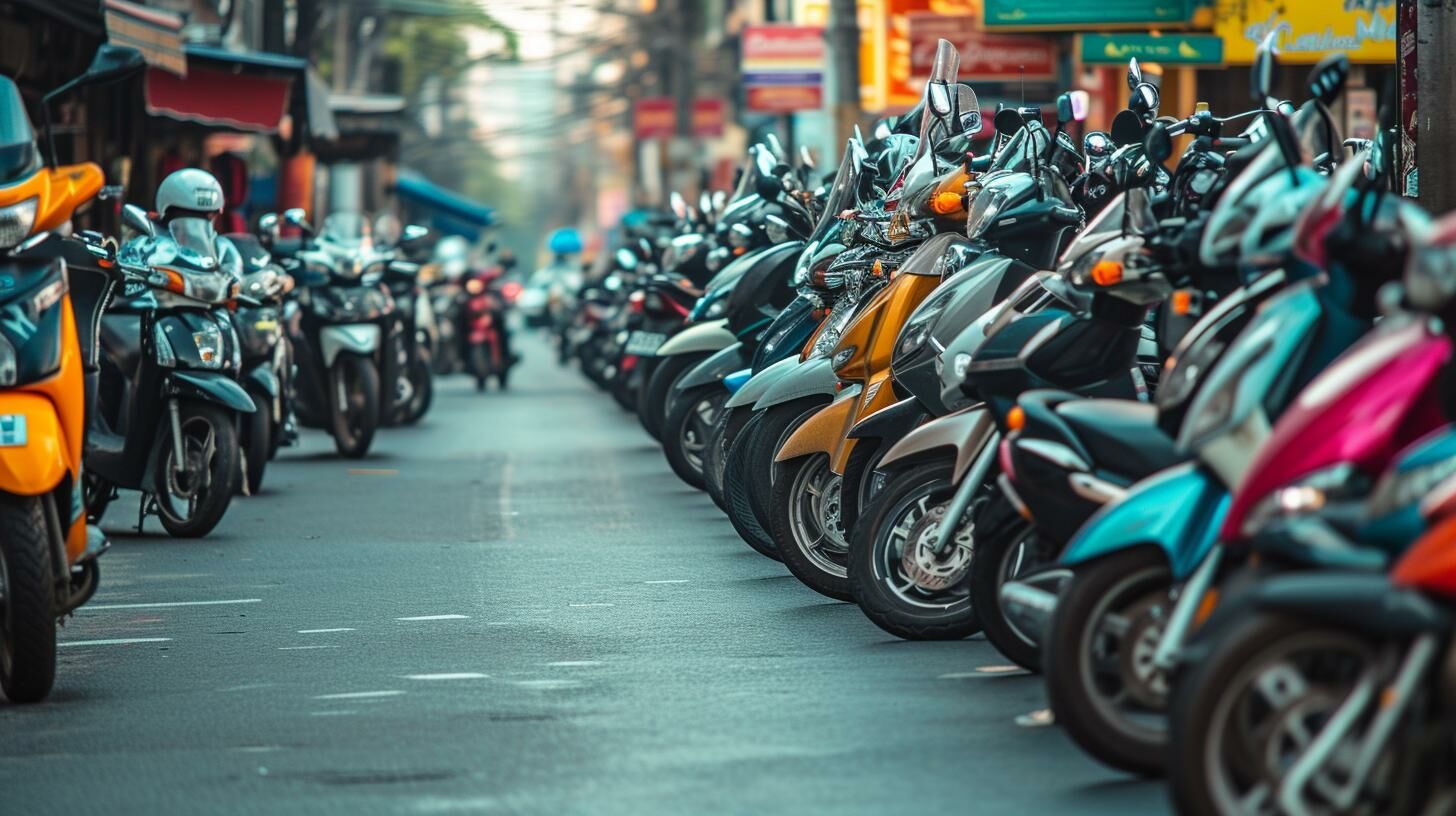
Thinking of hitting the open roads of Thailand on a motorcycle? It’s an exhilarating way to explore the country’s stunning landscapes and vibrant cities. But before you rev up that engine, you need to be aware of the local driving rules that ensure your journey is safe and legal.
Thailand’s traffic laws may differ significantly from what you’re used to, and understanding these regulations is crucial. From mandatory helmet use to specific licensing requirements, these rules are designed to protect both you and other road users. Ignoring them can lead to hefty fines or even more severe consequences.
In this article, we’ll break down the essential rules for driving motorcycles in Thailand. Whether you’re a seasoned rider or a novice, knowing these guidelines will help you navigate the roads confidently and enjoy your adventure to the fullest.
Essential rules for motorcycle riding in Thailand
Obtain the correct licence
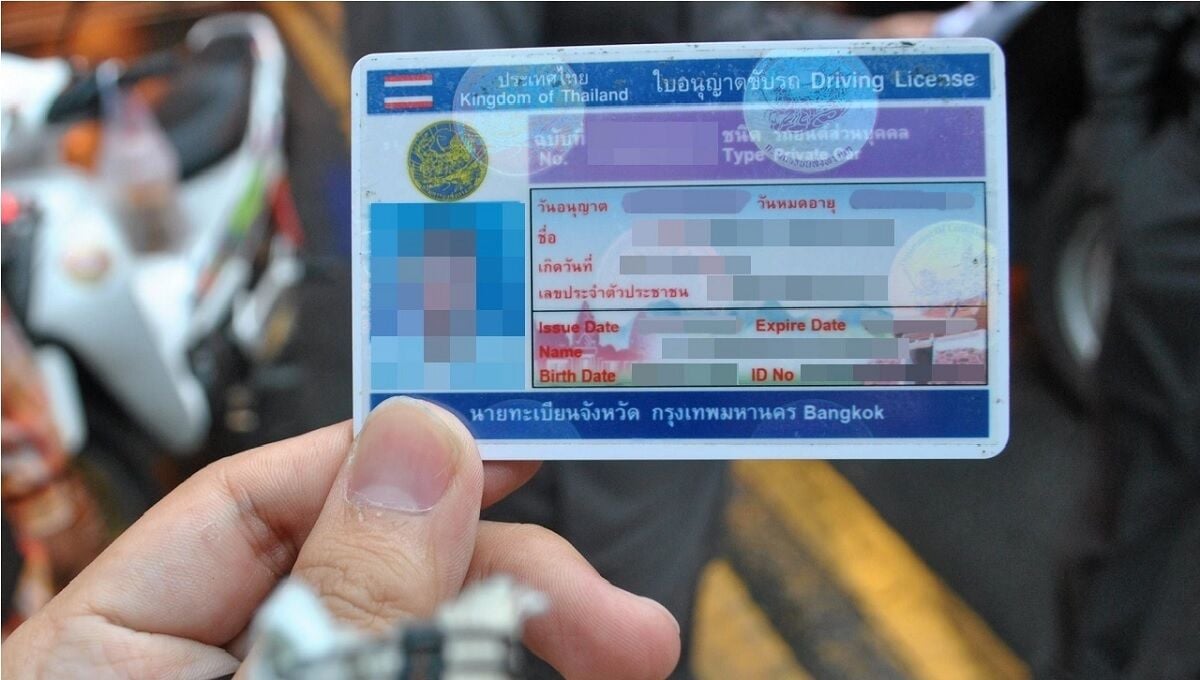
You must hold a valid motorcycle licence to legally drive in Thailand. International licences are accepted if issued by your home country and compliant with the International Driving Permit (IDP) standards. Local authorities often carry out checks, so always have your licence on hand. Documentation should be readily available for expeditious verification during police inspections, thus enhancing road safety and compliance with the law.
As a non-Thai resident, you’ll need to have one of the following documents to legally ride a motorcycle in Thailand:
- International Driving Permit (IDP): If you’re a non-Thai resident, an IDP is mandatory. It translates your driver’s license into multiple languages.
- Thai driving license: For long-term stays, consider obtaining a Thai driver’s license. The process typically involves a written and practical test.
Steps to obtain an IDP or Thai driving license
| Document Type | Steps |
|---|---|
| International Driving Permit (IDP) | 1. Contact the local automobile association 2. Provide a valid domestic driver’s license and passport 3. Pay a fee |
| Thai Driving License | 1. Gather required documents (passport, visa, proof of address, medical certificate) 2. Take a theory test 3. Take a practical driving test 4. Pay fees |
Requirements for a Thai motorcycle licence
To apply for a Thai motorcycle licence, you must meet specific criteria:
- Age: You must be at least 18 years old.
- Residency: Non-residents must have a valid visa and residency certificate.
- Health check: A medical certificate not older than 30 days is required.
- Identification: A valid passport and current visa are necessary.
Licence validity
A Thai motorcycle licence is initially valid for two years. Upon renewal, it can be extended for up to five years.
- Translating documents: Ensure all non-Thai documents are translated and certified.
- Consistent study: Thoroughly study the Thai traffic laws for the theory test.
- Preparation: Practice extensively for the practical test, focusing on local driving conditions.
Following these steps ensures you can legally enjoy driving motorcycles in Thailand while adhering to the local rules.
Wear helmets

Thailand has strict helmet laws that are enforced throughout the country. Both the rider and passenger are required to wear helmets while operating a motorcycle. Failure to comply can result in fines and other penalties.
While any type of helmet is better than none, it’s recommended to wear a full-face helmet for maximum protection. Full-face helmets provide coverage for your entire head, including your face, chin, and neck. They are the most effective in preventing injuries from accidents.
Ensure that your helmet meets international safety standards. Look for helmets with certifications like ECE 22.05 or DOT (Department of Transportation). These certifications indicate that the helmet has undergone rigorous testing to ensure its safety.
Additional tips
- Replace damaged helmets: If your helmet is damaged in an accident, replace it immediately. Even minor damage can compromise its protective properties.
- Avoid secondhand helmets: Buying a secondhand helmet may not be the best option, as you cannot be sure of its history or condition.
- Store helmets properly: When storing your helmet, keep it in a cool, dry place away from direct sunlight.
- Clean your helmet regularly: Regular cleaning can help maintain the integrity of your helmet’s materials and ensure proper ventilation.
Other protective gear
In addition to helmets, wearing other protective gear is advisable. It’s essential to use:
- Jackets and trousers: Durable, abrasion-resistant materials offer better protection than regular clothing.
- Gloves: These protect your hands from injuries and enhance grip.
- Footwear: Sturdy boots or shoes designed for motorcycle riding to prevent foot and ankle injuries.
- Eye protection: If your helmet doesn’t have a visor, use goggles or safety glasses to shield your eyes from debris.
By following these guidelines and wearing a quality helmet, you can significantly reduce your risk of head injuries while riding a motorcycle in Thailand.
Follow speed limits
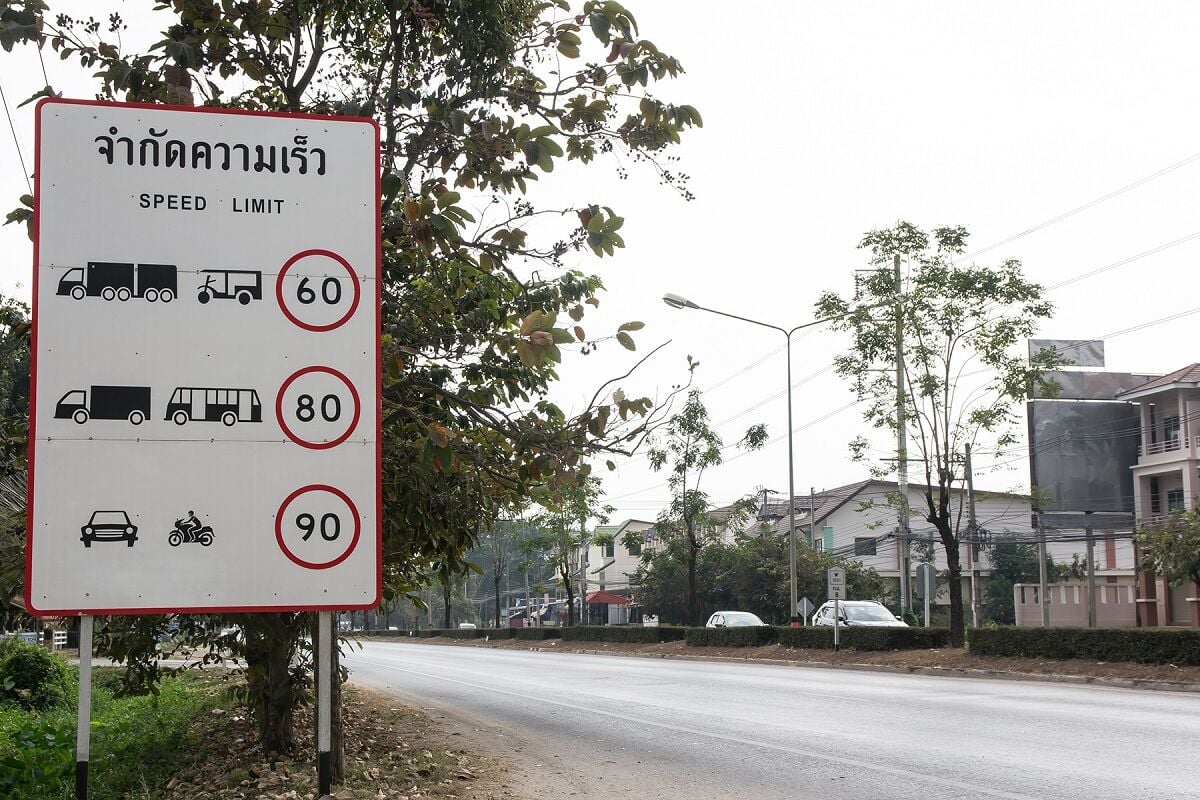
Thailand has strict speed limits in place to ensure road safety. It’s crucial to follow these limits to avoid accidents and fines.
Speed limits are typically posted on signs along roads. They are usually indicated in kilometres per hour (km/h). Pay close attention to these signs and adjust your speed accordingly.
General speed limits in Thailand
| Road Type | Speed limit (km/h) |
|---|---|
| Urban Areas | 40-60 |
| Rural Roads | Higher (exercise caution) |
| Highways | 80-120 (be aware of specific restrictions) |
Drive on the left side
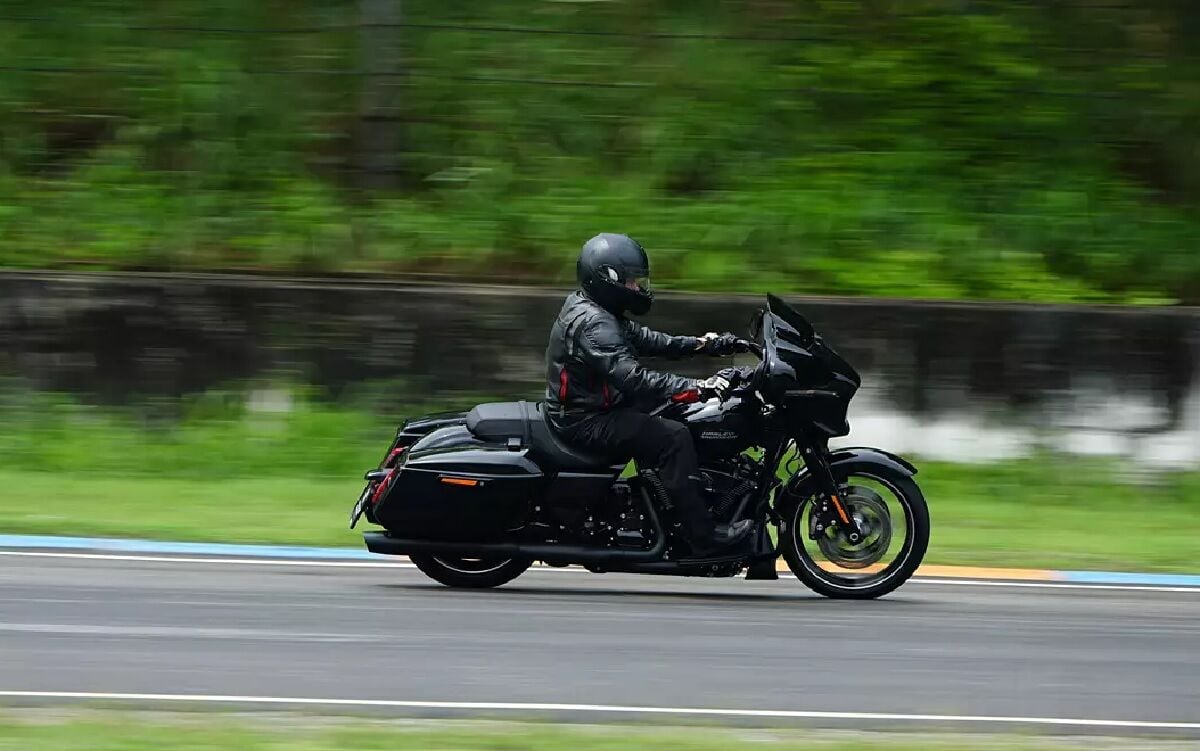
Thailand, like many other countries, drives on the left side of the road. This means that vehicles must keep to the left side of the road when travelling and overtaking. This can be a significant adjustment for drivers from countries that drive on the right, such as the United States, Canada, and Australia.
If you’re new to driving on the left side, consider practising in a quiet area before venturing onto busier roads. Give yourself time to adjust to the new driving pattern. It may take some time to feel comfortable. Be aware of your surroundings and other drivers. Pay attention to road signs and traffic signals. If you’re feeling overwhelmed, take a break and rest.
Key points to remember
- Stay to the left: Always keep your motorcycle on the left side of the road, even when waiting at intersections or traffic lights.
- Overtaking: When overtaking other vehicles, do so on the right side. Ensure there is enough space and that it’s safe to do so before making the manoeuvre.
- Roundabouts: In roundabouts, enter on the right and exit on the right.
- Pedestrian crossings: Yield to pedestrians at crosswalks, even if they are not using designated zebra crossings.
Respect traffic signals and signs
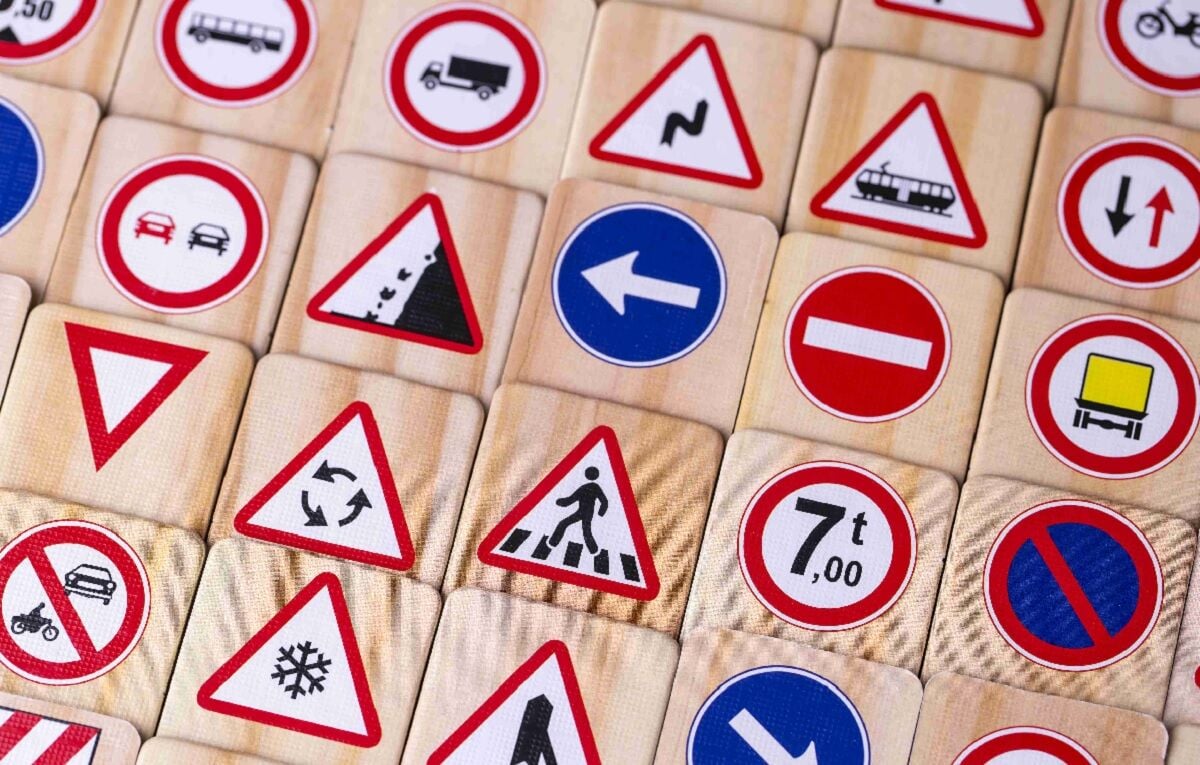
Obey all traffic lights and road signs without exception. Traffic signals might sometimes be disregarded by locals, but you should follow them for safety and legal reasons. Road signs provide crucial information and instructions for safe driving.
Thailand uses standard traffic signals similar to those found in many other countries. These signals include:
- Red light: Stop completely. Do not proceed until the light turns green.
- Yellow light: Prepare to stop. If it is safe to do so, proceed through the intersection.
- Green light: Proceed, but yield to pedestrians and vehicles already in the intersection.
Failing to adhere to traffic signals and signs in Thailand can have severe consequences. You may face substantial fines, particularly for serious violations. Moreover, disregarding traffic regulations can significantly increase the risk of accidents, potentially leading to injuries or fatalities. Repeated offences can result in license suspension or revocation. By strictly following traffic signals and signs, you can contribute to road safety and avoid legal repercussions.
While not a strict requirement, it’s highly recommended to use headlights, even during daylight hours. This is often referred to as daytime running lights (DRLs). Using DRLs can significantly improve your visibility to other road users, especially in low-light conditions or when the sun is low in the sky.
During nighttime, using headlights is mandatory. Ensure that your headlights are functioning properly and are set to the appropriate mode (low beam or high beam) depending on the road conditions.
Benefits of using headlights
- Increased visibility: Headlights improve your visibility to other road users, reducing the risk of accidents.
- Safety: Using headlights can help you see potential hazards earlier, giving you more time to react.
- Legal compliance: While not always strictly enforced, using headlights is generally considered good practice and may be required in certain situations.
Before starting your ride, ensure that both your headlights and taillights are functioning correctly. Use high beams when there is no oncoming traffic to improve visibility. However, switch to low beams when other vehicles are approaching to avoid blinding them. Regularly clean your headlights and taillights to ensure optimal visibility.
Avoid using mobile devices

Using a mobile device while driving, whether for calls, texting, or other purposes, is a significant safety hazard. It can lead to distracted driving, which can result in accidents, injuries, and even fatalities.
Tips for safe driving practices
- Avoid using your phone: The safest option is to completely avoid using your mobile device while driving.
- Use hands-free devices: If you must use your phone, use a hands-free device such as a Bluetooth headset.
- Pull over: If you need to make a call or send a message, pull over to a safe location before doing so.
- Focus on the road: Keep your eyes on the road and be aware of your surroundings.
- Set your phone to do not disturb: Activate the “Do Not Disturb” mode on your phone to avoid incoming calls and notifications.
Additional Tips
- Passenger assistance: If you need to use your phone, ask a passenger to do it for you.
- Plan ahead: Make necessary calls or send messages before starting your journey.
- Avoid distractions: Minimize other distractions while driving, such as eating or drinking.
By avoiding mobile device use while driving, you can significantly reduce your risk of accidents and contribute to road safety in Thailand.
Fine amounts for motorcycle rule violations in Thailand
| Violation | Fine Amount (THB) |
|---|---|
| Not wearing a helmet | 400-1,000 |
| Driving without a valid license | 500-1,000 |
| Running a red light | 500-1,000 |
| Speeding | Varies based on the speed limit and the extent of the violation |
| Driving under the influence (DUI) | 2,000-20,000 |
| Using a mobile phone while driving | 400-1,000 |
| No or faulty license plate | 200-1,000 |
| Driving without insurance | 500-1,000 |
| Not following traffic signs | 200-500 |
| Unauthorized modifications to the vehicle | 1,000-5,000 |
Additional notes:
- Multiple violations: If you are caught violating multiple rules at once, the fines may be cumulative.
- Repeat offences: Repeat offenders may face harsher penalties, including imprisonment.
- Local variations: While these are general guidelines, fines may vary slightly depending on the specific region or province within Thailand.
Note: These fines are estimates and may vary based on specific circumstances and the discretion of the enforcing officer. It’s always recommended to consult local authorities or the Thai Police for the most accurate and up-to-date information.
What to do in case of an emergency?
In the event of a motorcycle emergency in Thailand, prioritizing your safety and those of your passengers is paramount. If the situation allows, move to a secure location away from traffic. Once safe, contact emergency services by dialling 191 for the police or 1669 for medical assistance. Provide your location and a clear description of the emergency. If you or others are injured and capable, administer basic first aid, such as stopping bleeding with a clean cloth. Avoid moving injured individuals unless necessary to prevent further harm.
Immediately notify your insurance company about the incident, providing them with detailed information. Filing a police report at the nearest station is essential for insurance claims and potential legal matters. Document all relevant details and gather witness statements if possible. Even if injuries appear minor, seek medical attention to prevent complications or hidden injuries.
To be prepared for emergencies, always carry essential documents like emergency contacts, insurance details, and identification. Consider storing digital copies on your phone for easy access. By following these guidelines, you can effectively handle emergencies and ensure a safer and more enjoyable motorcycle experience in Thailand.
Other useful resources about automotive in Thailand
Latest Thailand News
Follow The Thaiger on Google News:

